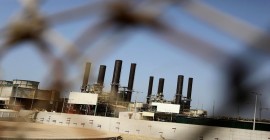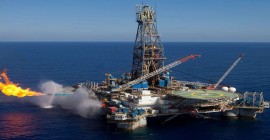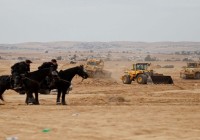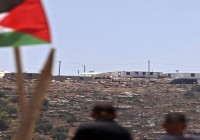PMA: Relative Improvement in Palestinian Economy during 2015
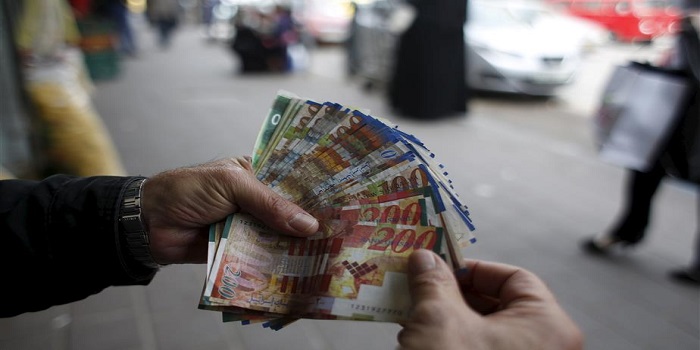
Translated by Tamara Barakat
Although Israel stopped the transfer of clearance revenues to the Palestinian Authority during the first quarter of 2015, and despite the security and political developments during the last quarter of 2015, the Palestinian economy managed to relatively improve during 2015, as its growth rate reached 3.5%, said Azzam Shawwa, governor of the Palestine Monetary Authority (PMA). However, the growth rate declined by 0.2% in comparison with 2014.
Shawwa attributed this improvement to the increase in Gaza Strip’s growth rate to 6.1%, after having declined by 15.1% during 2015. The growth rate in the West Bank decreased to 2.5% in 2015, after having reached 5.1% in 2014. The inflation rate also decreased from 1.7% during 2014 to 1.4% during 2015 due to the decline in oil and food prices worldwide.
On the other hand, the high unemployment rate, especially in the Gaza Strip, remains one of the biggest challenges facing the Palestinian economy. The overall unemployment rate slightly decreased by one percentage point, reaching 25.9%, due to its decline in the Gaza Strip and the West Bank to 41.9% and 17.3% respectively (in comparison with a rate of 43.9% and 17.7% respectively during 2014).
The report also revealed that despite the fall in foreign aid and grants during 2015, the increase in government revenues (including clearance revenues) was greater than the increase in public expenditure, which created a surplus of around 342.2 million shekels in the overall balance. Government arrears grew by 1.8% during 2015 in comparison with 2014.
The current account recorded a deficit of $1,712.9 million during 2015, decreasing by 20.3% in comparison with 2014, and forming 13.5% of the GDP, in comparison with 16.9% during 2014.
Regarding the banking sector performance, the report stated that the total assets of banks operating in Palestine increased by 6.6% in comparison with 2014, reaching $12,599.9 million.
Direct credit facilities grew by 19%, reaching $5,824.7 million. This expansion in credit highlights the active role the banking system plays in intermediating funds between surplus and deficit units within the economy in a manner that contributes to economic growth. Customer deposits reached $9,654.2 million, growing by 8.1%. In comparison to 2015, equity rights remained unchanged at 1,463.9 million.
As for the future outlook on the performance of Palestinian economy, the PMA forecasts that the growth rate will slightly decline to 3.3% during 2016 in comparison with 3.5% in 2015. The actual income per capita will increase by 0.9% in comparison with 0.5% the previous year.
These forecasts are based on the assumption that there will be no significant changes in the economic and political conditions in Palestine during 2016 compared with 2015, including lack of progress on the political track and the continuation of restrictions on movement of people and goods (Palestinian labor in Israel and internal and external trade). Additionally, the government will continue to follow a fiscal austerity policy and implement current-expenditure rationing, while growth in government revenue and expenditures remains relatively unchanged at previous-year levels.
